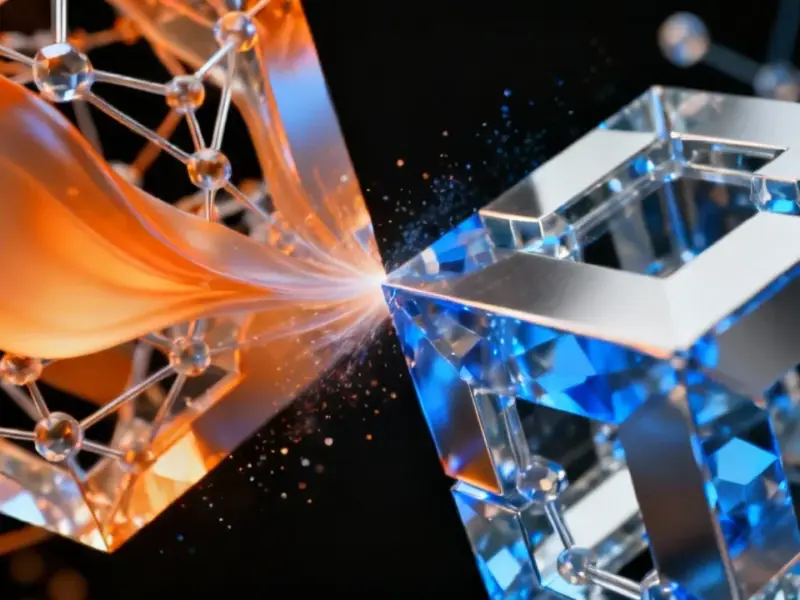According to ZDNet, a new study from Scale AI and the Center for AI Safety shows the most advanced AI agents can only automate less than 3% of tasks required by freelance workers. The research tested six industry-leading models including Google’s Gemini 2.5 Pro, OpenAI’s GPT-5, and Anthropic’s Sonnet 4.5 across 23 freelance categories like graphic design and game development. Manus scored highest with just 2.5% automation rate, while Grok 4 and Claude Sonnet 2.5 managed only 2.1%. The study establishes a new benchmark called the Remote Labor Index specifically designed to measure AI’s ability to perform economically valuable freelance work. With nearly 73 million Americans doing freelance work in 2025 representing 43% of the workforce, the findings suggest AI disruption of independent contracting remains minimal for now.
The reality check for AI hype
Here’s the thing: when you actually test these AI agents on real freelance projects, they fall flat. The researchers didn’t just ask them to write emails or summarize documents – they gave them full project briefs with necessary files and compared the results against work done by human freelancers. The goal was simple: would a reasonable client accept the AI’s deliverable as commissioned work?
Basically, the answer was a resounding no. These agents failed to complete most projects at a level that would be accepted in a real freelancing environment. That’s despite all the hype from tech CEOs like Anthropic’s Dario Amodei, who predicted AI could replace half of white-collar jobs within five years. The study shows there’s a “stark gap” between the promise and actual capabilities of today’s AI.
Why AI struggles with freelance work
Think about what freelance work actually involves. It’s not just technical skills – it’s understanding client needs, negotiating scope changes, managing timelines, and communicating effectively. The RLI benchmark doesn’t even capture many of these interpersonal aspects that make up most freelancers’ daily work lives.
And that’s the core issue. Freelancing requires a level of self-sufficiency and organization that current AI systems just can’t match. You’re not just completing tasks – you’re managing relationships, interpreting vague feedback, and adapting to unexpected challenges. These are exactly the kinds of complex, multi-step problems where AI agents still stumble.
The human advantage remains strong
Look at the numbers from that recent survey – 73 million Americans doing freelance work isn’t some niche market. That’s nearly half the workforce. And these aren’t just simple, repetitive jobs either. The study tested categories ranging from computer-aided design to product development to game creation.
So what’s actually happening? Instead of replacing freelancers, AI is more likely to become another tool in their toolkit. The research suggests we’re appreciating human brains more as we try to replicate their capabilities. Our flexibility, creativity, and ability to handle ambiguity remain massive advantages.
What comes next in the AI evolution
Now, before freelancers get too comfortable, there are some important caveats. This is early days for AI agents, and the capabilities are expanding rapidly. Tech companies are investing billions in training more advanced models. The labor market dynamics could look very different in five or ten years.
But here’s the bottom line: if you’re a freelancer worried about AI taking your job tomorrow, you can probably relax. Today’s most advanced systems can’t even handle 3% of the work. They’re terrible freelancers – for now. The real question is how quickly that 3% becomes 10%, then 30%, then 50%. But we’re clearly not there yet.




